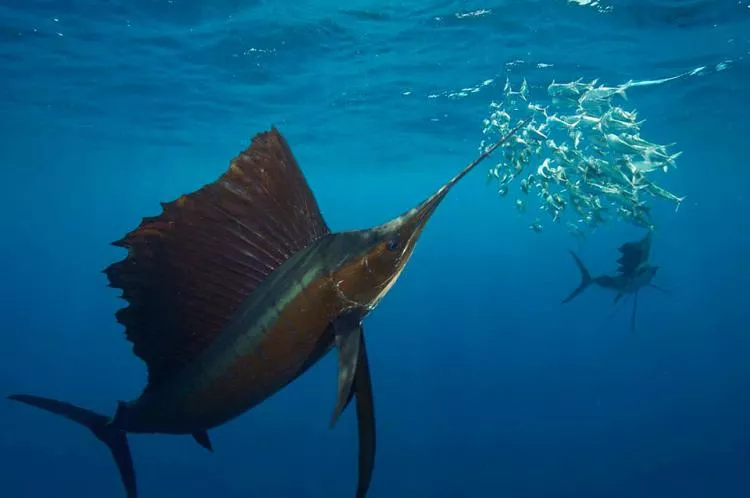How marine predators find food hot spots in open ocean
Marine predators, such as tunas, billfishes and sharks, aggregate in anticyclonic, clockwise-rotating ocean eddies.
Ocean eddies are coherent, rotating features which are ubiquitous at mid-latitudes and rotate clockwise In the Northern Hemisphere.
As these anticyclonic eddies move throughout the open ocean, a recent study suggests that the predators are also moving with them, foraging on the high deep-ocean biomass which tends to accumulate within.
The research team was able to investigate predator catch patterns with respect to the eddies, concluding that eddies influence open ocean ecosystems from the bottom to the top of the food chain. This discovery suggests a fundamental relationship between predator-foraging opportunities and the underlying physics of the ocean.
Connection
This connection between the surface and deep ocean is essential to consider in impact assessments of future deep-sea industries. Understanding how eddies influence the behaviour of open ocean predators, specifically in food-scarce areas like subtropical gyres, should inform effective management of these species, their ecosystems and dependent fisheries.
"Harvesting the food that our food eats, is something we need to understand in order to ensure the methods are sustainable for both the prey and the predators that rely on them. That is critical to ensuring both ocean health and human wellbeing as we continue to rely on these animals for food,” said Dr Martin Arostegui, WHOI postdoctoral scholar and lead author of the paper.




























